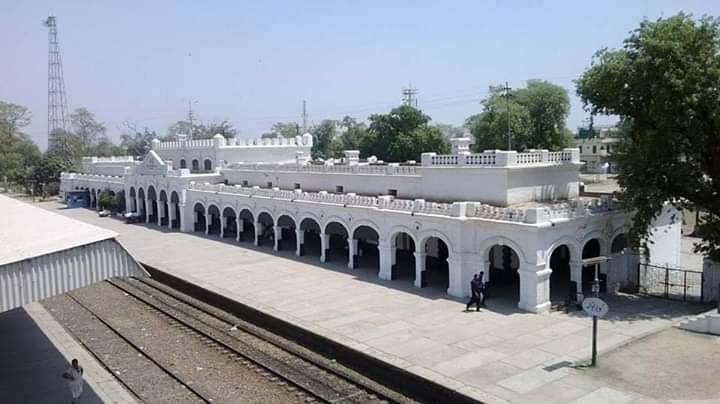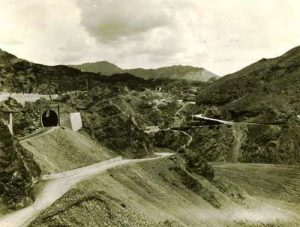Just an hour’s drive from Lahore, lies the city of Gujranwala on the main Grand Trunk Road. After Lahore and Faisalabad, Gujranwala is the third largest city of the Punjab province, famous for grains, melons, sugarcane. The Gujranwala district is divided between a low alluvial tract along the river Chenab and Degh Nullah and the upland between these two, which forms the central portion of the Rechna Doab, intermediate between the fertile submontane plains of Sialkot and the desert expanses of Jhang. Part of the upland tract has been brought under cultivation by the Chenab canal. The city is known as the City of Pehelwaans (wrestlers) since it has produced some of the famous wrestlers of the subcontinent. People of this city are fond of eating and some of the best cooked dishes of Punjab like “Tikkas” “Chanps” “Kababs” are the hot favourites here. However “Chirays” (big sparrows special to Gujranwala) are a delicacy for which people even from Lahore and Rawalpindi throng Gujranwala’s road side food shops. favourite places of the people.
How old is this city anyway? Since all cities of Punjab have their long histories, so everyone asks about the same for Gujranwala.  Not very old – just some 300-500 years old. The existence of small villages (now swelled into large size towns) like Eminabad, Ghakhar and Wazirabad around present day Gujranwala dates back to 16th century. The area comes to limelight during the Sikh rule of the Punjab, when the Sikhs established their Empire in the Punjab after the death of the Mughal Emperor Aurangzeb Alamgir in 1707. One Charat Singh, who was the head of one of the Sikh Clans, is said to have established his stronghold in Gujranwala in 1763. Charat Singh died in 1774 and was succeeded by his son, Mahan Singh, who in turn fathered the most brilliant leader in the history of the Punjab Maharaja Ranjit Singh. The British annexed the area in 1849. The Deputy Commissioner of that time Sir Bernardth rebuilt the “Sialkoti Gate” , “Lahore Gate” and “Khiyaaly Gate” in Gujranwala. A railway line was built along Grand Trunk Road, which interconnected Gujranwala with other cities of Punjab and made the commercial trade between cities more convenient. British ruled the city until Pakistan’s independence in 1947.
Not very old – just some 300-500 years old. The existence of small villages (now swelled into large size towns) like Eminabad, Ghakhar and Wazirabad around present day Gujranwala dates back to 16th century. The area comes to limelight during the Sikh rule of the Punjab, when the Sikhs established their Empire in the Punjab after the death of the Mughal Emperor Aurangzeb Alamgir in 1707. One Charat Singh, who was the head of one of the Sikh Clans, is said to have established his stronghold in Gujranwala in 1763. Charat Singh died in 1774 and was succeeded by his son, Mahan Singh, who in turn fathered the most brilliant leader in the history of the Punjab Maharaja Ranjit Singh. The British annexed the area in 1849. The Deputy Commissioner of that time Sir Bernardth rebuilt the “Sialkoti Gate” , “Lahore Gate” and “Khiyaaly Gate” in Gujranwala. A railway line was built along Grand Trunk Road, which interconnected Gujranwala with other cities of Punjab and made the commercial trade between cities more convenient. British ruled the city until Pakistan’s independence in 1947.
After Independence, most of the Hindu and Sikh residents of Gujranwala, or in fact from entire Punjab that came into Pakistan, moved migrated to India and Muslims migratees from India settled down in various areas of Punjab, including Gujranwala. Gujranwala was given the status of a district in 1951, which paved way for its progress and prosperity. Today, Gujranwala, besides its agro-based industry is also famous for manufacturing units / industries of ceramics, copper, brass, and aluminum utensils and iron safes. Sialkot and Gujranwala are also famous for producing world ‘s best quality Basmati rice. The Gujranwala hydroelectric project provides power from the Chenab River. Gujranwala is not far behind than Lahore, Faisalabad and Rawalpindi in holding international level cricket at the Jinnah Stadium, formerly known as Municipal Stadium.
